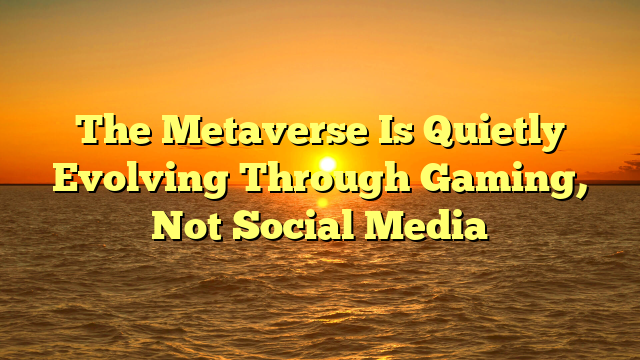Two years ago, the “metaverse” hype seemed to fade as companies like Meta scaled back their virtual world ambitions. But in 2025, gaming has quietly become the OTPKLIK medium that’s keeping the metaverse dream alive — only this time, it’s player-driven, not corporate-led.
Platforms like Roblox, Fortnite Creative 2.0, and Sandbox Universe are fueling a new generation of user-generated economies. Developers and creators are earning millions through digital assets, skins, and community-built events. Epic Games’ 2025 financial report revealed that 38% of Fortnite’s total revenue now comes from player-created experiences.
What’s changed is accessibility. Advanced creation tools powered by AI allow even amateur designers to generate detailed environments or in-game characters with simple prompts. This has blurred the line between developer and player, transforming games into living, expanding social spaces.
Meanwhile, big tech has shifted focus to integration. Instead of building separate metaverses, companies are connecting existing games into a shared network. Ubisoft Worlds now links players from multiple titles through unified avatars and currencies.
Analysts note that while early metaverse attempts failed due to overambition, gaming has found the practical version of that vision. “The metaverse was never about meetings in VR,” said researcher Sarah Liu from Oxford’s Digital Culture Lab. “It’s about shared virtual creativity — and games are leading that revolution.”
